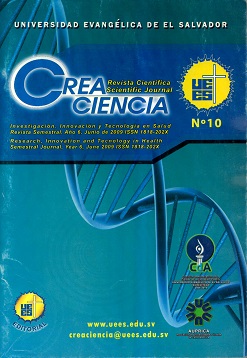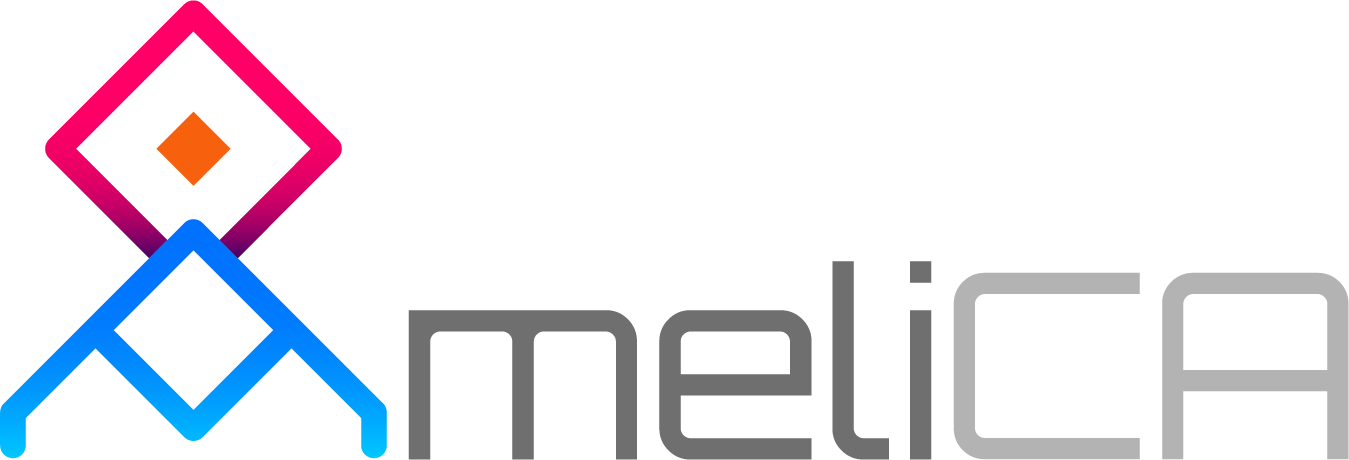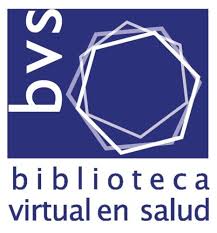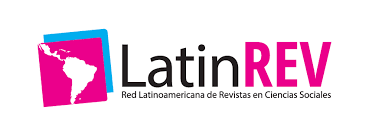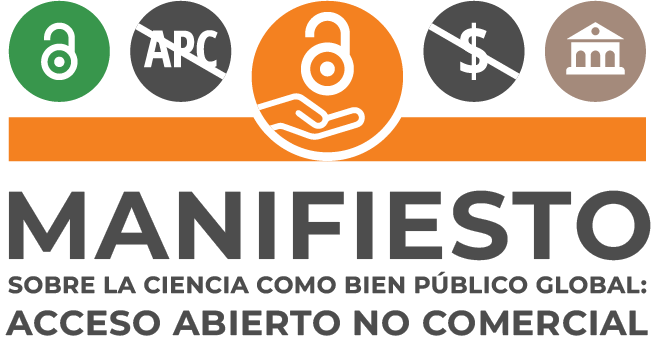Evaluation of Direct and Indirect Techniques to determine the precision of marginal adaptation, in vitro, of an implant-supported restoration
DOI:
https://doi.org/10.5377/creaciencia.v0i10.8181Keywords:
Implant-supported restoration, marginal adaptation, direct printing technique, indirect impression technique, El SalvadorAbstract
The present in vitro experimental investigation was carried out at the Graduate School of Dentistry of the Evangelical University of El Salvador, to evaluate the marginal adaptation provided by direct and indirect techniques in the elaboration of caps for implant-supported prostheses. For the direct technique, the copings were made on the original abutments of the implants, transferring them to a plaster model; and for the indirect, they were made on the plaster models of the same; It should be noted that the indirect technique was performed twice, once with teacher supervision and once without it. Five prosthetists evaluated the quality of the marginal adaptation of each coping with a magnifying glass; used these measurement criteria: zero for poor adaptation, one for fair and two for good. For the caps made in which the indirect technique was used, without supervision, the mean in terms of the quality of the adaptation was 0.18; and with supervision of 1.57; for the direct technique it was 1.60. The direct and indirect supervised impression techniques, with 1% error, did not present a significant statistical difference, but not the indirect technique without supervision; Therefore, for the inexperienced, the use of the direct technique is recommended.
Downloads
Published
Issue
Section
License

This work is licensed under a Creative Commons Attribution-NoDerivatives 4.0 International License.
Los artículos de Crea Ciencia están publicados en acceso abierto bajo una licencia CC BY-NC-SA 4.0 de la Universidad Evangélica de El Salvador.

